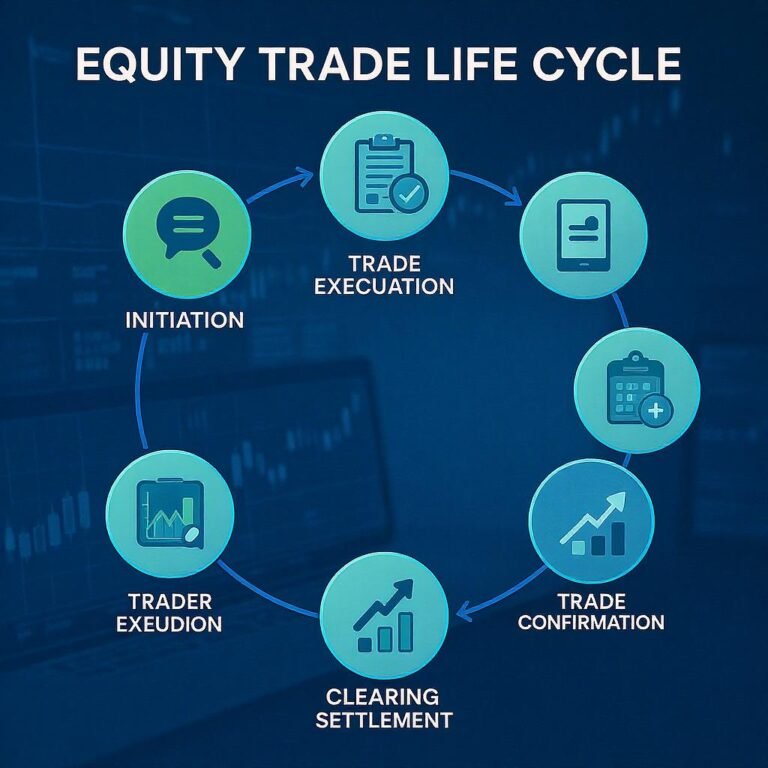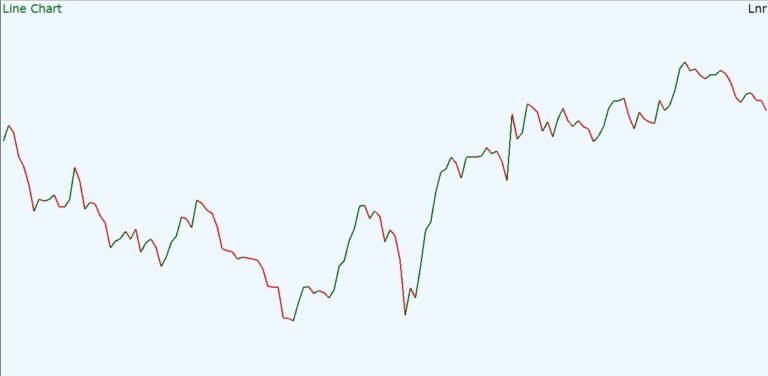
IPO (Initial Public Offering)
In India, an IPO (Initial Public Offering) is the process by which a privately held company offers its equity shares to the public for the first time by listing them on one or more stock exchanges (primarily the BSE and NSE). Here’s how it works and why it matters:
- From Private to Public
- Private Company: Until its IPO, a company’s ownership is limited to founders, early investors (angels, VCs), employees with stock-options, etc.
- Public Company: After the IPO, anyone—retail investors, institutions, mutual funds—can buy and sell its shares on an exchange (e.g. NYSE, NASDAQ, BSE, NSE).
- Why Companies Do an IPO
- Raise Capital: Sell new shares to fund growth (R&D, expansion, acquisitions).
- Liquidity for Founders/Employees: Early investors and employees can convert some of their equity into cash.
- Brand & Credibility: Being publicly listed can enhance reputation, attract talent, and make it easier to raise future funds.
- Regulatory Framework
- SEBI Approval: The Securities and Exchange Board of India (SEBI) regulates all public offerings. Before launching an IPO, a company files a Draft Red Herring Prospectus (DRHP) with SEBI, disclosing its business, financials, risks, and proposed use of proceeds. SEBI reviews, asks questions, and grants a final “observations” letter once satisfied.
- Key Players
- Merchant Bankers (Underwriters): Appointed by the company to manage due diligence, pricing, marketing (roadshows), and allocation.
- Registrars & Brokers: Help with share applications, KYC verification, and allotment.
- Stock Exchanges: Where the shares get listed and begin trading.
IPO Cycle Main Steps
An “IPO cycle” refers to the series of stages a company goes through when it decides to raise capital by listing its shares on a public stock exchange. While the exact nomenclature and number of steps can vary slightly by jurisdiction, the typical cycle breaks down into four broad phases:
1. Pre‑IPO (Preparation)
- Strategic Planning: Management and board decide that public listing is the best way to raise growth capital, enhance liquidity, or achieve other corporate goals.
- Internal Cleanup: Audit of financials, tightening of corporate governance, setting up of reporting systems and internal controls to meet public‐company standards.
- Hiring Advisors: Engagement of investment banks (underwriters), legal counsels, auditors, and other specialists.
2. Registration & Regulatory Approval
- Due Diligence & Drafting: Underwriters and lawyers conduct due diligence on every aspect of the business (financials, contracts, litigation, intellectual property, management background) and draft the registration document (e.g., the Red Herring Prospectus in India, or S‑1 in the U.S.).
- Regulatory Review: Submission of the draft prospectus to the securities regulator (SEBI in India, SEC in the U.S.). The regulator reviews for completeness, asks questions, and may require revisions.
3. Marketing & Pricing
- Roadshow: Company management and underwriters travel (physically or virtually) to pitch the investment story to institutional investors (mutual funds, pension funds, high‑net‑worth investors).
- Book Building: Investors submit non‐binding orders indicating the number of shares and price they’re willing to pay. Underwriters gauge demand across price levels.
- Price Discovery & Allocation: Based on aggregate demand, the final IPO price is set. Shares are then allocated—typically prioritizing large institutional orders, retail quota as per regulations, and sometimes employee or anchor‐investor tranches.
4. Listing & Post‑IPO
- Listing Day: Shares begin trading on the exchange at the IPO price (or, more commonly, at the market‐driven opening price).
- Stabilization (Greenshoe): Underwriters may use an overallotment option (“greenshoe”) to buy back shares if the price dips, to support aftermarket stability.
- Lock‑Up Period: Promoters and large pre‑IPO shareholders usually face a minimum 12‑month lock‑in on a part of their holding to ensure market stability.
- Transition to Secondary Markets: After the lock‑up expires, the company’s share price is determined purely by supply and demand. The issuer may return later with follow‑on offerings (FPOs) or issue convertible debts, restarting a new cycle.
- Ongoing Compliance: Listed companies must file quarterly/annual financials, adhere to corporate‑governance norms, and disclose material events under SEBI’s LODR (Listing Obligations and Disclosure Requirements) Regulations.
Retail vs. Institutional Quotas
SEBI rules mandate quotas for different investor classes:
- Retail (up to ₹200 000): 35% of the issue size
- Qualified Institutional Buyers (QIBs): 50%
- Non‑Institutional (HNIs): 15%
Why Understanding the IPO Cycle Matters
For Companies: Helps plan timing, budget for costs (underwriting fees, legal expenses, listing fees), and align internal processes.
For Investors: Allows assessment of where a deal stands, the level of institutional support, and potential aftermarket behavior (e.g., first‑day pops, post–lock‑up selling).
For Employees: Understanding lock‑up restrictions and tax implications of stock options and share sales.
In short, an IPO in India transforms a private company into a publicly traded one under SEBI’s watchful eye—unlocking capital, liquidity, and growth opportunities, but also bringing strict disclosure and governance responsibilities. The IPO cycle can take anywhere from 3 to 9 months, depending on regulatory backlogs, market conditions, and the company’s readiness. Market volatility or major economic events can pause or delay an IPO even after the company has gone “effective” with its filing.



